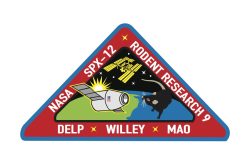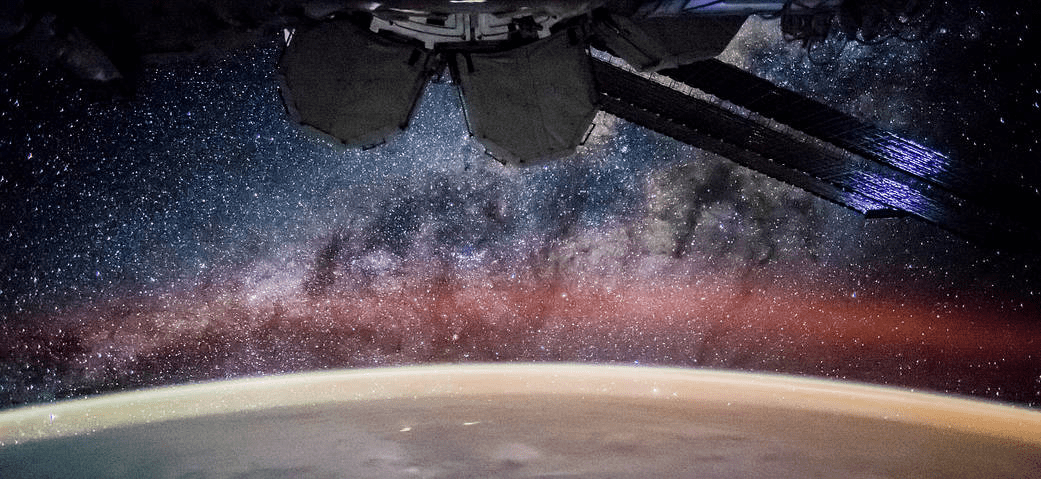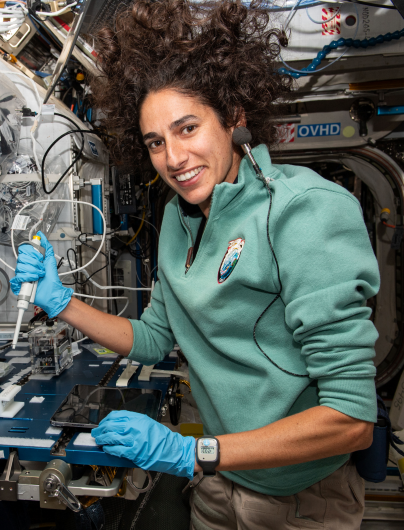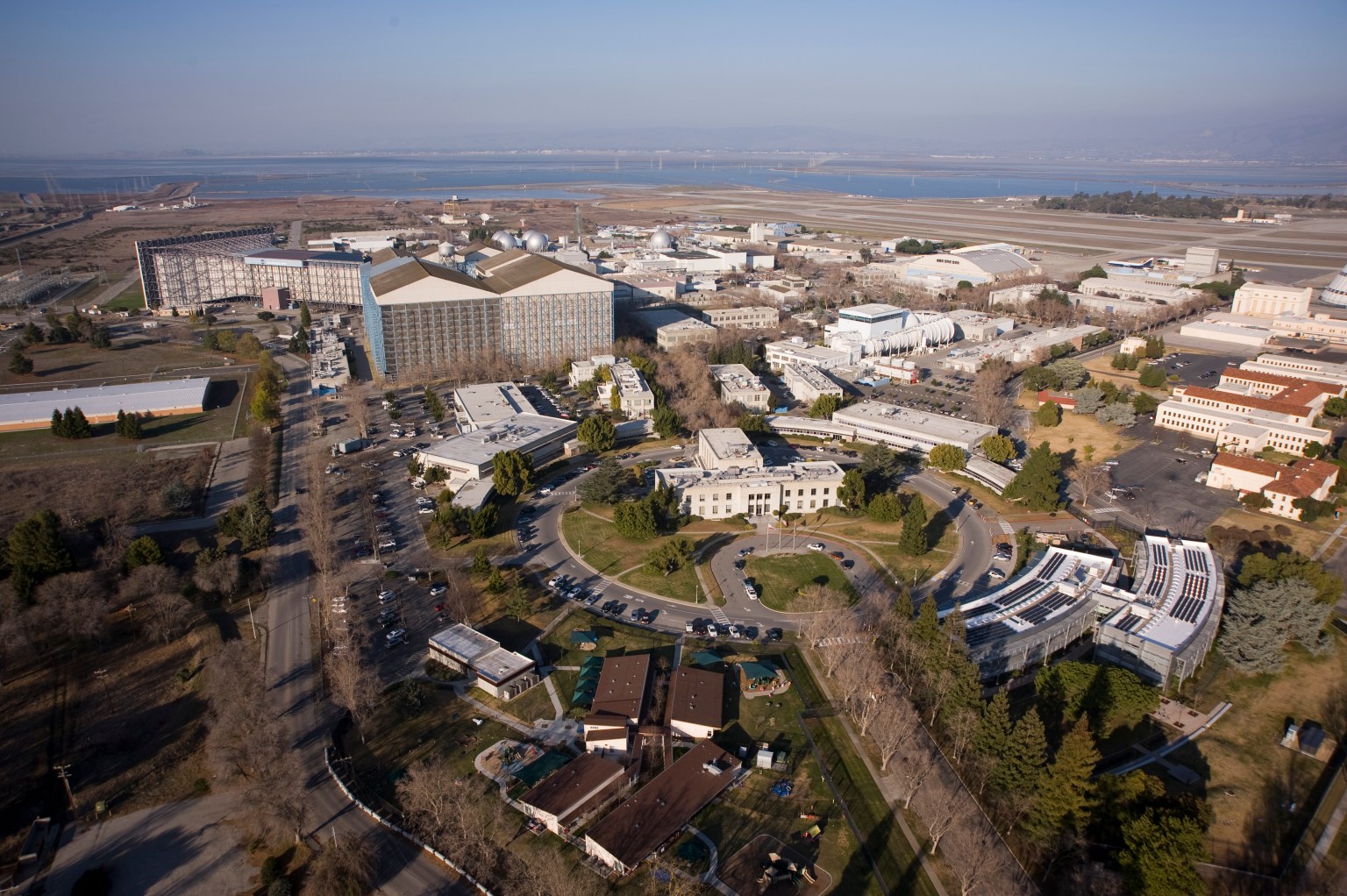Rodent Research-9 (SpaceX-12)
The Rodent Research-9 mission, RR-9, is the first in a series of rodent payloads on International Space Station (ISS) that is dedicated to NASA-sponsored science experiments. The previous rodent payloads on the ISS involved commercial and other government agency experiments selected by the Center for Advancement of Science in Space (CASIS).
The spaceflight environment is known to result in significant physiological changes on many aspects of the body during long-duration mission in low Earth orbit, posing hazards to the astronauts. This mission’s primary objective is to use mice to better understand the visual impairment and joint tissue degradation that are affecting astronauts living in space for long periods of time, and to examine possible ways to counteract those health problems. NASA is also working to maximize science return from this mission by sharing tissues from the animals with as many NASA investigators as possible.
The RR-9 payload consists of three NASA Space Biology investigations that will address the effects of microgravity on a range of different tissues. One investigation will study the effects of long duration spaceflight on fluid shifts and increased fluid pressures that occur in the head. These elevated pressures inside the head are believed to be the primary cause of visual impairment in astronauts who undergo long duration spaceflight. A second investigation will study the impact of spaceflight on the vessels that supply blood to the eyes. The third investigation will study the extent of knee and hip joint degradation due to prolonged exposure to weightlessness. All the results from the RR-9 experiments will play a role in answering pertinent questions to human space exploration. Here on Earth, these studies will help us gain more insight into disorders of the eyes, and also the progression of damage in the hip and knee joints of wheel-chair bound patients.
For the RR-9 mission, live mice will be launched on the SpaceX-12 Dragon capsule and transferred to their Rodent Habitat upon arrival to the ISS, where they will be maintained in microgravity for the mission duration. During this time, there will be daily health checks to ensure the animal’s health and welfare. At the end of the mission, the mice will be transferred back into the Dragon capsule and brought back alive to Earth. After the Dragon capsule splashes down in the Pacific Ocean, the animals will be removed from the capsule and transported to a nearby investigator’s research facility – proximity is important to ensure the mice have minimal exposure to 1g after splashdown before they are analyzed by the scientists. Upon receipt of the animals, the investigators will complete their experiments and collect tissues that can be shared with other scientists.
Project Team
Project Manager: Janet Beegle, NASA Ames Research Center
Project Scientist: Ruth Globus, Ph.D., NASA Ames Research Center
Mission Scientist: Sungshin Choi, Ph.D., FILMSS, NASA Ames Research Center
Principal Investigator: Michael Delp, Ph.D., Florida State University
Co-Investigator: Jeffrey Willey, Ph.D., Wake Forest School of Medicine
Co-Investigator: Xiao Wen Mao, Ph.D., Loma Linda University
More Information
ISS Tissue Regeneration-Bone Defect (Rodent Research-4 (CASIS))
Staying Strong: Spaceflight Muscle Loss Study Aims to Benefit Patients on Earth
Rodent Research in Microgravity
NASA’s New Rodent Residence Elevates Research to Greater Heights
NASA completes Rodent Research-1 Operations on the International Space Station
‘Space-Age’ Research Looks to Provide New Human Health Insights
For more information, see the Space Station Research Explorer for the Rodent Research-9 missions for Willey, Delp and Mao.

































